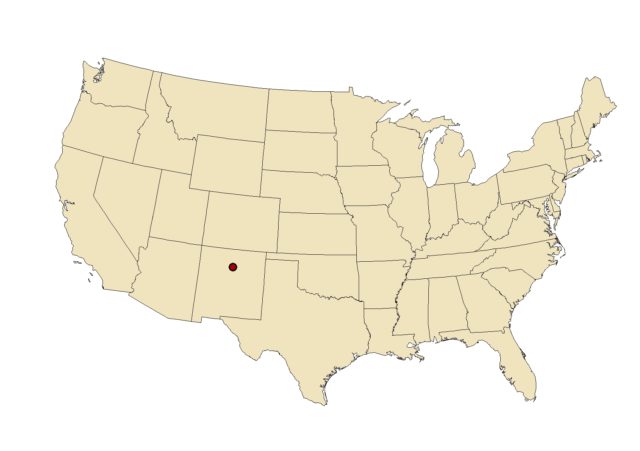The City of Santa Fe, New Mexico began a Water Conservation Program in 1997 that has contributed to a per capita water use reduction of more than 50% since 1995 bringing demand down to 56 gpcd.
 A 2002 drought caused the City’s demand to exceed supply. The City took aggressive action initiating a rate structure increase, a rebate program, and a water demand offset program. Their water demand offset program gained national recognition demonstrating its effectiveness as a way to meet future demand. The program set requirements for all new development to offset water demand either through conservation in existing development or transfer of water rights to the City.
A 2002 drought caused the City’s demand to exceed supply. The City took aggressive action initiating a rate structure increase, a rebate program, and a water demand offset program. Their water demand offset program gained national recognition demonstrating its effectiveness as a way to meet future demand. The program set requirements for all new development to offset water demand either through conservation in existing development or transfer of water rights to the City.
- For residential development requiring under 10 acre-feet per year and commercial development requiring under 5 acre-feet per year, the water demand offset could be met through conservation.
- For new development requiring greater than this demand, water rights would be required to offset new demand.
To help developers offset demand, the City developed a toilet retrofits program. The program connected willing homeowners who desired a retrofit to developers who could either buy
credits from a qualified broker or do it themselves.
This program was so successful that the City nearly maximized its conservation potential. In response, the City updated its water demand offset program. The program includes the
creation of a water bank to hold conservation credits for future development and a Water Conservation Credit Program. This program includes:
- The addition of rebates for more types of water use efficient appliances or retrofits of older ones and for outdoor watering equipment.
- A water budget program where a water user enters into an agreement to use less water and the City monitors the usage and pays the customer for the reduction in use.
- A “free stuff” program including low-flow faucets and shower heads.
The water demand offset program applies to commercial projects that require 5 AFY or more, residential projects that require 10 AFY or more, and mixed-use projects that require 7.5 AFY or more.
Downloaded from ResilientWest.org
a project of
Resilient Communities and Watersheds

